Kars Plant Health Scan: Stop Summer Loss Before It Costs
Worried about your plants this summer? Protect your landscape investment.
Request Your Plant Health Scan Quote Today!Quick Overview: Kars Plant Health Scan
- Problem: Summer stress (heat, drought, pests, diseases) damages Ottawa landscapes, leading to costly plant replacements.
- Solution: A Plant Health Scan provides early diagnosis of issues in trees, shrubs, and lawns.
- Benefits: Catches problems early, saving money, preventing plant loss, and protecting property value.
- Focus: Identifies pests (Japanese Beetles, Chinch Bugs), diseases (Powdery Mildew, Dollar Spot), and environmental stress.
- Action: Book a scan to get expert advice and targeted treatment plans.
Introduction: Don't Let Summer Scorch Your Kars Landscape (and Budget!)
Ah, summer near Ottawa! Long sunny days perfect for enjoying your yard, maybe firing up the BBQ in beautiful Kars. But while you're relaxing, is your landscape secretly struggling? It's easy to overlook the first signs of trouble – a slightly off-colour lawn, droopy leaves on a favourite shrub. We often blame the heat, but hidden issues like developing diseases, unseen nutrient problems, or pesky pests having a quiet party under the leaves can creep in. By the time these problems become obvious, you could be facing expensive fixes or even the cost of replacing established plants and trees. That gorgeous Kars garden shouldn't become a surprise budget-buster! That’s why we offer the Plant Health Scan: a proactive check-up for your green investments, designed to catch issues *before* they scorch your landscape and your finances. Let’s keep your gardening efforts rewarding and your yard thriving all season long!
Why Summer is Sneaky Tough on Your Ottawa Garden (and Wallet!)
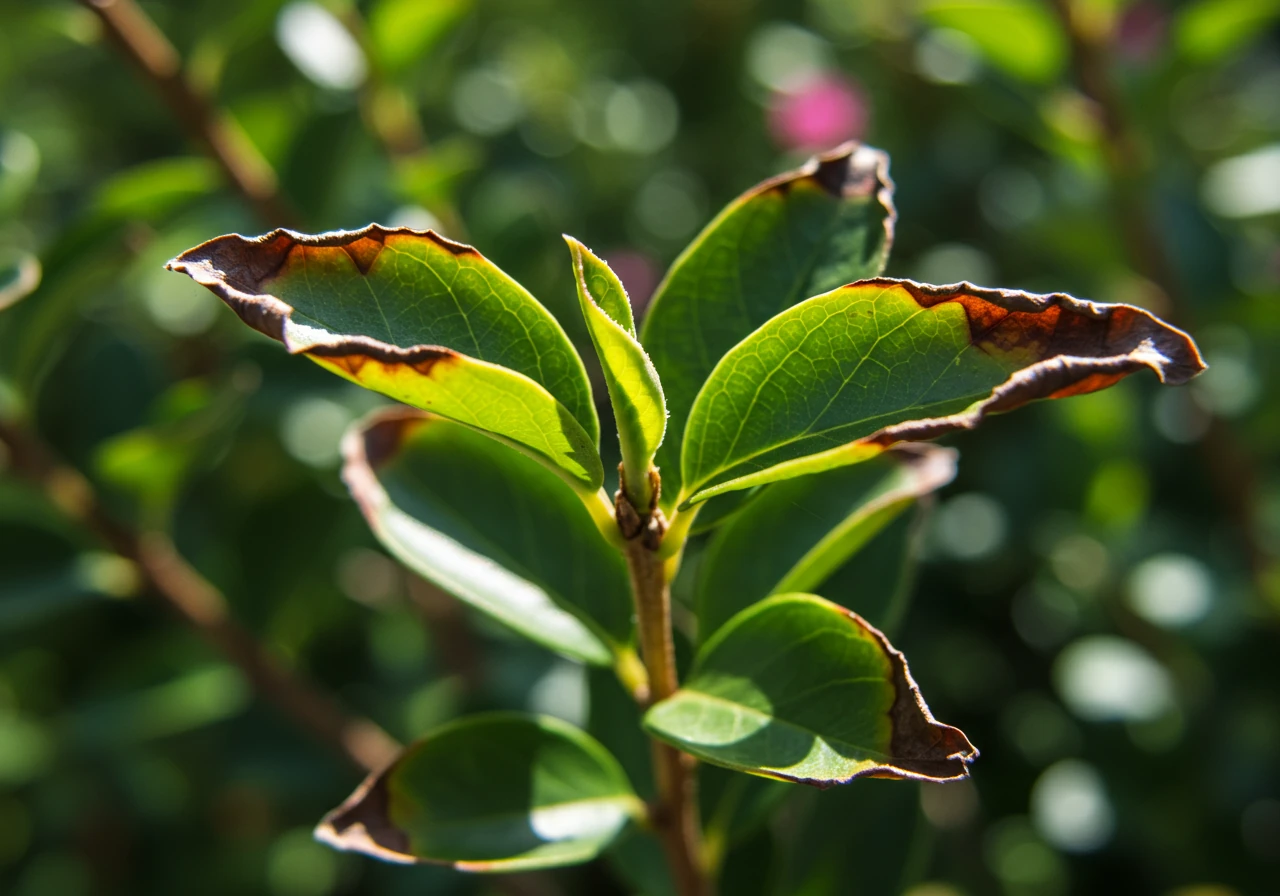
Okay, let's talk summer in Ottawa. We love those long, warm days, right? But while we're soaking up the sun, our gardens are often doing a tough workout routine they didn't sign up for. Summer might seem like prime growing time, but it throws some real curveballs at our plants, potentially leading to surprise costs if we aren't paying attention.
First up is the Ottawa climate tango. One week we might have blazing heat and sticky humidity that makes even thinking about gardening feel exhausting. The next, we could get hit with a sudden thunderstorm dumping loads of rain, or worse, a dry spell that leaves everything gasping for a drink. This back-and-forth is incredibly stressful for plants. They struggle to regulate water, become vulnerable to heatstroke (yes, plants get it too!), and the humidity can roll out the welcome mat for fungal diseases like powdery mildew. Dealing with this constant Vernon plant health care plan summer stress is crucial for keeping your green friends happy.
Then there are the soil shenanigans. Ottawa and its surrounding areas have a real mix. You might be dealing with heavy clay soil, common in places like Greely. Clay holds moisture well (sometimes too well, drowning roots!), but it can bake brick-hard in the summer heat, making it tough for roots to breathe and water to penetrate. If you've struggled with Greely tree planting clay soil spring challenges, you know what we mean! Other areas, perhaps closer to the river in Manotick, might have sandier soil that drains too quickly, washing away precious water and nutrients. Both extremes make consistent watering and nutrient management tricky. Improving soil structure over time is key, and knowing how to adapt your care, like finding specific Embrun fall plant care clay soil solutions, makes a big difference.
Finally, pests and diseases love stressed plants. When your shrubs and perennials are busy battling heat or thirst, their natural defenses weaken. This makes them easy targets for things like aphids, spider mites, Japanese beetles, black spot on roses, or those annoying lawn grubs. Suddenly, you're not just watering; you're fighting battles on multiple fronts! Ignoring these issues can mean replacing expensive plants or watching your beautiful blooms fade fast.
All these sneaky summer stresses – the weather rollercoaster, tricky soil, and opportunistic pests – can hit your wallet unexpectedly. Extra watering costs money, pest control products add up, and replacing dead or dying plants is never fun (or cheap!). Investing a little time in observation, proper watering techniques, and maybe even getting some expert advice can save you bigger headaches and expenses down the road. Understanding these challenges helps you create Greely garden beds planting tips stunning blooms that can better withstand the summer stress. If it feels overwhelming, remember that professional help is available through Our Landscaping & Gardening Services to keep your garden thriving without breaking the bank. Proper soil preparation can also significantly mitigate these issues.
Explore Our Plant Health ServicesDecoding the Diagnosis: What Exactly IS a Plant Health Scan?
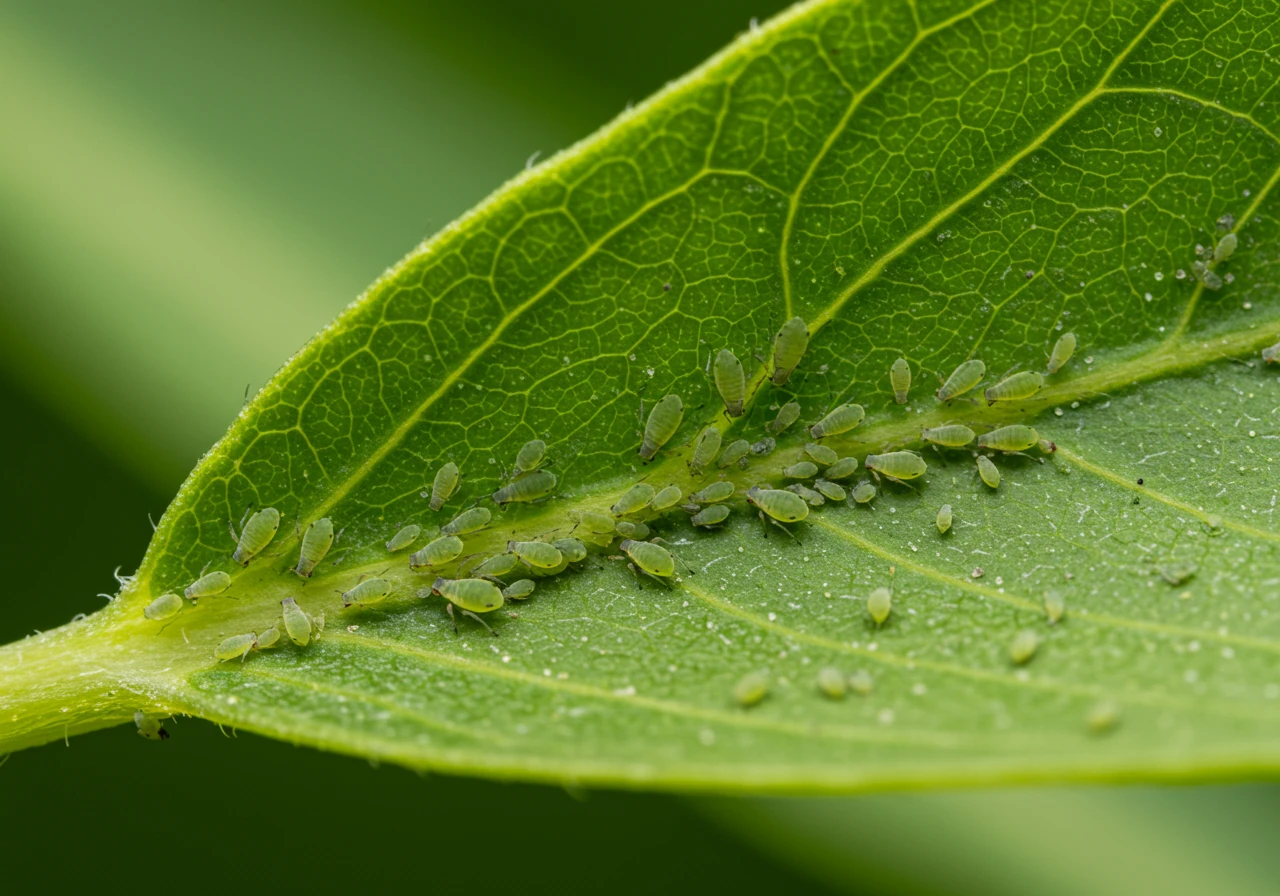
Okay, let's say one of your favourite shrubs is looking a bit… meh. The leaves are droopy, maybe a weird colour, and it just doesn’t have that usual pep. You could play detective yourself, scrolling through endless online photos trying to match the symptoms (is it thirsty? Sunburned? Did tiny garden gremlins throw a party on its leaves overnight?). Or, you could get a Plant Health Scan!
Think of a Plant Health Scan as a check-up with a plant doctor for your Ottawa landscape. It's a detailed inspection designed to figure out exactly what's going on with your trees, shrubs, perennials, or even lawn areas before a small issue becomes a big, expensive problem. It’s much more than just a quick glance.
So, What Happens During the Scan?
A trained expert will come to your property and perform a thorough visual assessment. This involves:
- Leaf & Stem Inspection: Looking closely at leaves for discoloration (yellowing, brown spots, black spots), wilting, holes, sticky residue, or powdery substances. Stems are checked for cankers, cracks, or unusual growths.
- Pest Patrol: Searching for common culprits like aphids, spider mites, scale insects, Japanese beetles, or signs of their activity (like chewed leaves or webbing). Sometimes, we might use a small hand lens to spot the really tiny troublemakers.
- Disease Detection: Identifying signs of fungal, bacterial, or viral diseases like powdery mildew, black spot, rust, or blight.
- Soil & Root Zone Check: Examining the soil surface around the plant. We look for clues about drainage, compaction, mulching and edging issues, and sometimes use a probe to gently assess soil moisture or check for root problems near the surface.
- Overall Vitality Assessment: Considering the plant's location (sun exposure, wind), watering practices, and general environment to get the full picture.
Why Bother? It's Diagnostic AND Preventative!
The main goal is accurate, eco-friendly diagnosis. We want to identify the root cause (pun intended!) of any stress *before* recommending treatment. This avoids guesswork and the unnecessary use of broad-spectrum chemicals. Catching issues early often means simpler, less invasive solutions. It’s proactive care to keep your garden investments healthy. For homeowners, say in Barrhaven, understanding specific plant needs revealed by a scan can make routine care much more effective. It perfectly complements services like a detailed Barrhaven property cleanup service or a seasonal Ottawa garden clean up service by addressing underlying health issues, not just surface tidiness. Plus, it’s a smart step after investing in a new Garden Installation to ensure your new green additions establish strong roots.
Plant Health Scan vs. Basic Maintenance: What's the Difference?
It's easy to confuse a diagnostic scan with routine yard work, but they have very different goals:
| Feature | Plant Health Scan | Basic Lawn Mowing / Yard Work |
|---|---|---|
| Focus | Diagnosis & Prevention | Tidiness & Routine Upkeep |
| Goal | Identify underlying health issues (pests, disease, nutrient deficiencies, environmental stress). | Keep grass cut, edges neat, remove surface debris. |
| Action | Detailed inspection, soil check, problem identification, expert advice on targeted solutions. | Mowing, trimming, blowing leaves/clippings (e.g., city yard cleanup service). |
Think of it this way: the scan is like visiting a specialist to understand why you feel unwell, while basic maintenance is like getting a regular haircut to look neat. Both contribute to the overall picture, but the scan delves deeper into health. Our full range of professional Landscaping & Gardening Services includes both types of care, always delivered with respect for your property and privacy, as detailed in our Privacy Policy.
Rogues' Gallery: Spotting Ottawa's Most Wanted Summer Plant Pests & Diseases
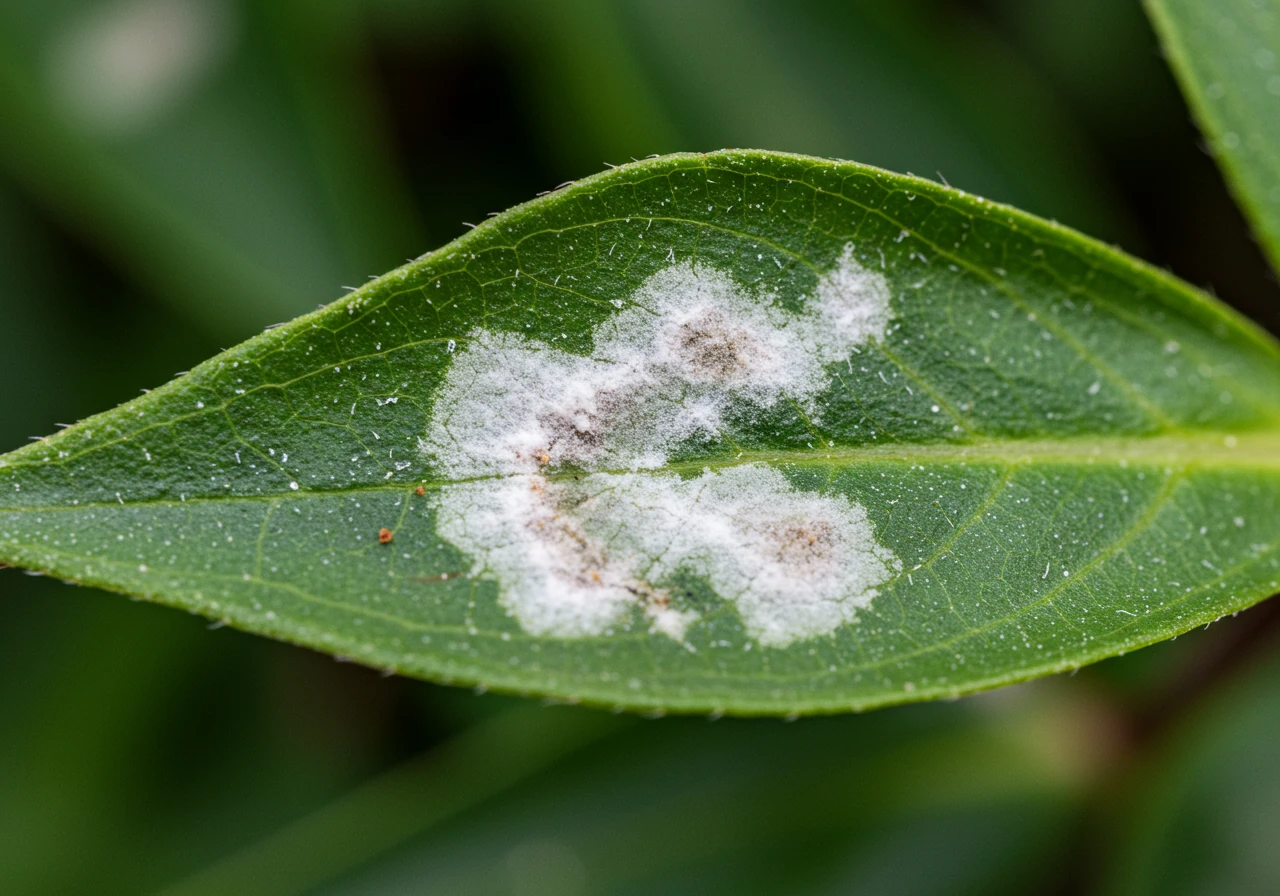
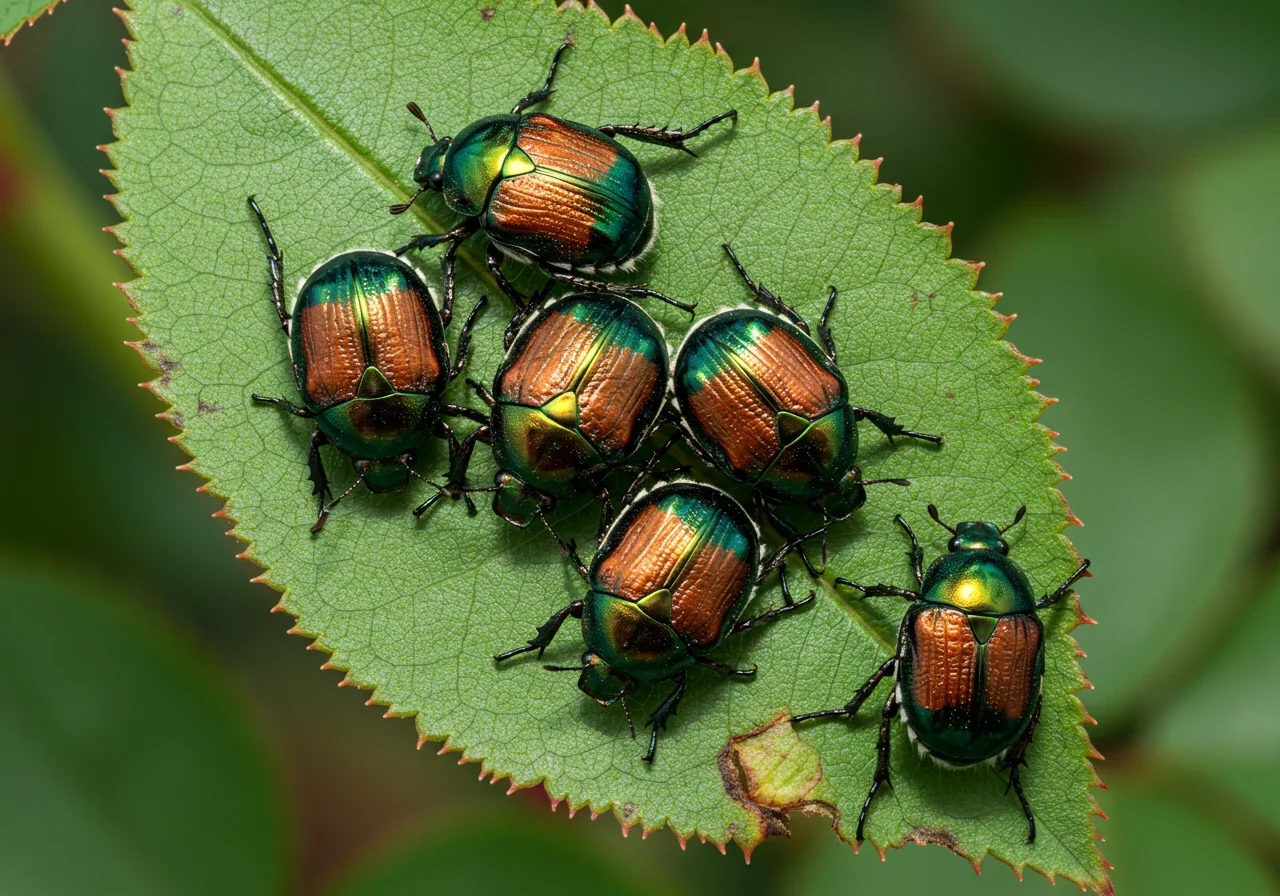
Alright, let's face it, summer in Ottawa isn't just about sunshine and BBQs. It's also prime time for some unwelcome characters to show up in our gardens and lawns. Think of this as your "Most Wanted" list for common plant pests and diseases that might try to crash your landscape party, especially in areas from Nepean to Richmond. Knowing who to look for is the first step to keeping your plants happy! You can find local gardening resources via the City of Ottawa Gardening page or the Master Gardeners of Ottawa-Carleton.
Common Summer Pests
- Japanese Beetles: Metallic green/copper beetles, skeletonize leaves (roses, grapes). Hand-pick early morning.
- Chinch Bugs (Lawn): Tiny black/red bugs causing straw-like patches in sunny lawns. Often need targeted treatment during a Metcalf property cleanup service or similar lawn care visit.
- Aphids: Small pear-shaped insects, often green or black, cluster on new growth. Cause sticky honeydew. Strong water spray can help.
- Spider Mites: Tiny pests causing stippling on leaves and fine webbing. Thrive in hot, dry conditions.
Common Summer Diseases
- Powdery Mildew: White powdery coating on leaves (lilacs, phlox). Improve air circulation (pruning during a Metcalf garden clean up service can help) and water soil, not leaves.
- Dollar Spot (Lawn): Small, bleached circles (~silver dollar size). Often related to low nitrogen or drought stress. Consistent lawn care is key.
- Black Spot: Dark spots with fringed edges on rose leaves. Remove infected leaves promptly. Good air circulation is vital.
- Rust: Orange or yellow spots/pustules on leaves. Varies by plant type.
Other Common Summer Issues
- Emerald Ash Borer (EAB) Aftermath: Thinning crowns, D-shaped holes in ash trees. Consult an arborist; removal/replacement often needed, potentially as part of a garden installation plan.
- Iron Chlorosis: Yellow leaves with green veins (often on acid-lovers in alkaline soil). Soil test helps; use chelated iron/acidifiers.
- Drought Stress: Wilting, browning leaf edges, general lack of vigor. Proper watering is crucial. Often managed during Marionville garden clean up service and similar maintenance.
- Heat Scorch: Brown, dry edges or patches on leaves, especially on sun-exposed sides. Provide afternoon shade if possible, ensure adequate water.
Quick Seasonal Peek (Typical Timing):
- Early Summer: Chinch bugs start their damage. Aphids appear on new growth.
- Mid-Summer: Japanese Beetles arrive in force. Powdery Mildew flares up in humidity.
- Late Summer: Dollar Spot often appears as lawns get stressed. Spider mites can become problematic.
Keeping a watchful eye and addressing issues early is your best defense. Don't let these "most wanted" ruin your summer landscape! Catching problems early means simpler fixes and helps maintain the beauty you've worked hard for – check out some healthy, thriving examples in our Transformations gallery. Proactive care is often included in comprehensive services like a city garden clean up service.
The 'Kars Scan' Advantage: Why Early Detection Saves You Green (Literally!)
Okay, let's talk brass tacks. We get it – adding another service might feel like just another expense. But when it comes to your landscape, especially here in beautiful Kars, think of our Plant Health Scan as smart insurance, not just another bill. Ignoring that slightly sad-looking shrub or weird patch on the lawn might seem like no big deal now, but trust us, it can lead to much bigger wallet woes down the road. That’s the 'Kars Scan' advantage: catching trouble early saves you serious green.
Estimated Cost: Early vs. Late Intervention
*Illustrative cost comparison. Actual costs vary significantly based on plant type and issue severity.
Imagine this: Your favourite ornamental tree starts looking a bit off. You wait, hoping it’s just the Ottawa heat. Weeks later, it's clearly diseased or infested. The potential cost?
- Scenario 1 (No Scan): Tree removal ($$$$), stump grinding ($$), buying a replacement mature tree ($$$$), plus the labour to plant it. Total cost: Easily hundreds, sometimes thousands, of dollars! Not to mention the years lost waiting for a new tree to grow.
- Scenario 2 (With a Scan): Our expert spots the early signs of stress or disease during a Plant Health Scan (cost: $). We recommend a targeted, often simple treatment ($). Total cost: A fraction of replacement, and your beloved tree is saved!
It’s a bit like going to the dentist for a check-up versus waiting for a root canal – one is routine maintenance, the other is a major (and expensive) procedure!
This isn't just about saving replacement costs, either. For homeowners in areas like Kars and Manotick, a lush, healthy landscape significantly boosts curb appeal and property value. Dying plants, diseased trees, or a struggling lawn can unfortunately do the opposite. Early detection helps protect that investment. Spotting lawn issues early, for instance, means targeted treatments within your regular professional lawn care program might be enough, avoiding the need for costly re-sodding. Similarly, identifying soil compaction or nutrient issues early allows for specific fixes, perhaps involving better soil preparation techniques, preventing widespread plant decline. Consider checking resources from the Rideau Valley Conservation Authority for local environmental conditions.
Think of the peace of mind, too! Knowing exactly what’s wrong (or confirming everything is okay!) eliminates guesswork and stress. Instead of blindly applying treatments, a scan points to efficient, targeted solutions. This proactive approach often integrates smoothly with regular maintenance, like identifying problem spots to focus on during an Ottawa yard cleanup service or ensuring underlying issues are addressed before a big city garden clean up service. Investing a little upfront in a scan means your landscape stays healthy, beautiful, and looking like one of the stunning results you see in our landscape transformations gallery, without those nasty surprise costs popping up later. It’s simply the smarter, greener way to care for your yard! Regular check-ups are part of smart garden maintenance.
Get a Quote for Your Kars PropertyYour Eyes vs. Our Expertise: DIY Checks and Knowing When to Call for Backup
We know many folks around Ottawa, especially in communities like Russell and Embrun, take great pride in their gardening skills. There’s a certain satisfaction in getting your hands dirty and figuring things out yourself! Playing garden detective can be fun, and often, a quick look is all you need. So, let's talk about what *you* can spot, and when calling in the "plant whisperers" (that's us!) is a smart move.
Your Quick DIY Plant Check-Up:
Ready to put on your detective hat? Here’s a simple routine:
- Get Close: Don't just glance from the porch. Really look at leaves (top and bottom!), stems, and where the plant meets the soil.
- Spot the Obvious: Are there holes, brown or yellow spots, sticky stuff, fuzzy mould, or visible creepy crawlies having a snack? Is the plant wilting even after watering?
- Feel the Soil: Stick your finger in about an inch or two. Is it bone dry? Soggy? Compacted?
- Check the Scene: Is the plant getting enough sun (or too much)? Is it crowded by other plants, blocking airflow?
Where Your Eyes Might Need Backup:
Your visual check is a great first step, but sometimes it's like trying to diagnose a car problem just by listening – you might hear a noise, but not know why it's happening.
- Mistaken Identity: Yellow leaves could mean underwatering, overwatering, lack of nutrients, *or* a specific disease. DIY diagnosis can lead to the wrong fix.
- Hidden Clues: Early-stage diseases or tiny pests are masters of disguise. Professionals are trained to spot subtle signs you might overlook during a routine Ottawa property cleanup service.
- The Why: We know the common culprits specific to the Ottawa area and have tools to investigate deeper, like checking soil pH or looking for root issues without major digging. Sometimes, a widespread issue impacting multiple plants points to a larger need than just spot treatment, perhaps influencing how you approach a full property clean up.
When to Call the Cavalry (aka Us!):
Think of us as your expert backup. Calling for a professional Plant Health Scan is a good idea when:
- Your DIY checks don’t reveal a clear cause.
- The problem persists or gets worse despite your efforts.
- You're dealing with a valuable tree or shrub you *really* don't want to lose.
- You notice worrying symptoms on your lawn and want to avoid bigger issues that could lead to needing new sod installation.
- You want a baseline health report before starting major landscaping work or scheduling a comprehensive Ottawa property cleanup service.
- You simply want the peace of mind that comes with an accurate diagnosis and effective treatment plan, ensuring the issue is truly resolved, unlike sometimes happens after just a basic city property cleanup service.
A professional scan complements your own watchful eye and the work done during a thorough Ottawa yard cleanup service by tackling underlying health issues, ensuring your landscape investment truly thrives. Check our Google My Business page for reviews!
Our Plant Health Scan Process: Step-by-Step
Step 1: Request & Schedule
Contact us via phone or our Contact Us page to request your scan. We'll discuss your concerns and schedule a convenient time.
Step 2: On-Site Assessment
Our trained technician visits your Kars property to conduct a thorough visual inspection of affected plants, soil, and surrounding conditions.
Step 3: Diagnosis & Identification
We identify pests, diseases, nutrient issues, or environmental stressors using our expertise and diagnostic tools. This is more in-depth than a standard Metcalf yard cleanup service.
Step 4: Report & Recommendations
You receive a clear report detailing our findings and a tailored action plan with treatment options (if needed), focusing on effective, eco-friendly solutions. Provide feedback via our estimate feedback form.
Step 5: Treatment & Follow-Up (Optional)
If you approve, we can perform recommended treatments. We may suggest follow-up checks to ensure the issue is resolved. See successful outcomes on our Transformations page.
Quick Tips for a Thriving Ottawa Summer Landscape
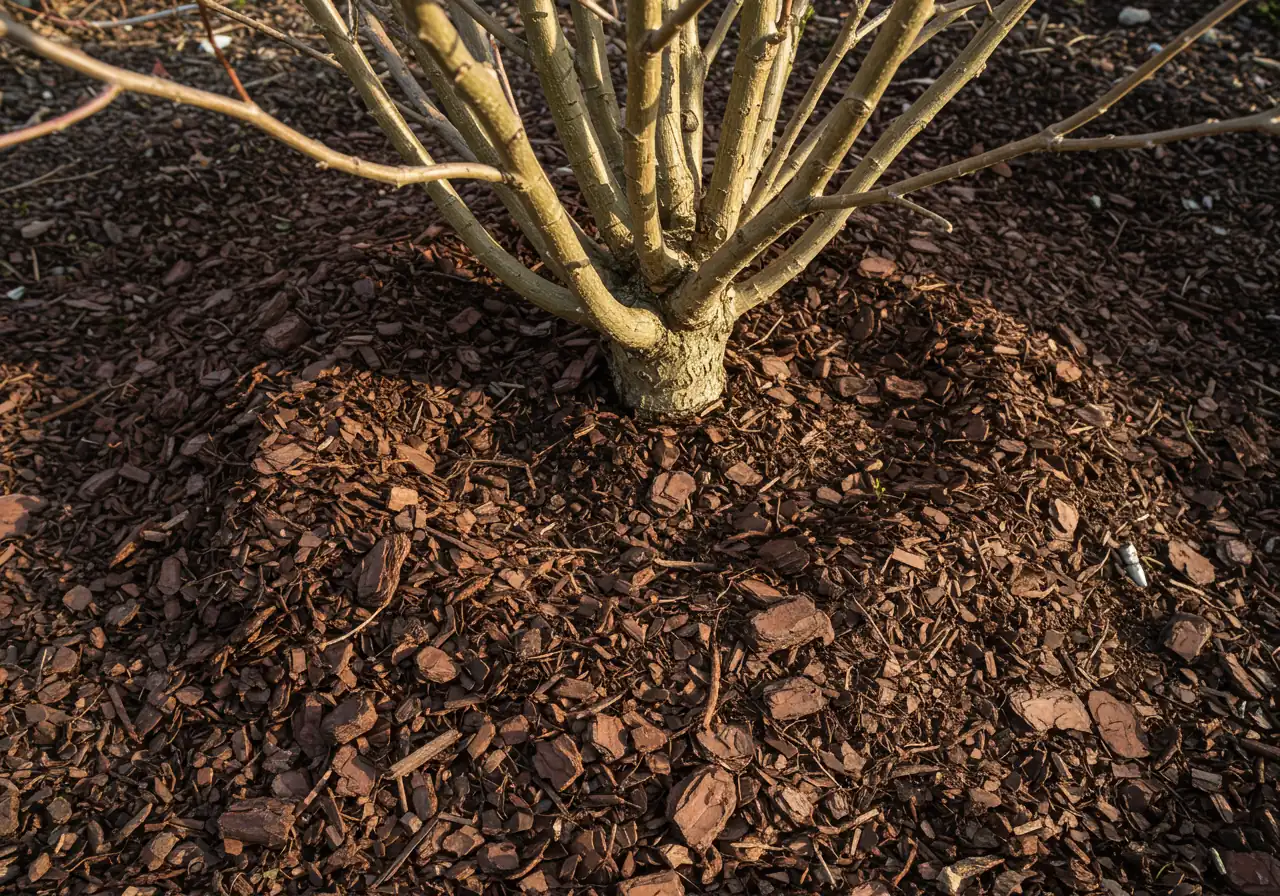
Keep your slice of Ottawa paradise looking its best all summer with these quick hits! No need to sweat the small stuff (or the big heat waves) if you follow these simple pointers for your landscape.
- Water Wisely, Not Wildly: Forget sprinklers running every day! Give your plants, especially new ones in areas like Nepean, a *deep* drink less often. Aim for early morning watering, checking the soil first – if it's damp an inch down, hold off. This encourages deep roots that laugh at dry spells.
- Mulch is Your BFF: A 2-3 inch layer of good quality mulch (think shredded bark or compost) is like sunscreen for your soil. It holds moisture, keeps roots cool, and tells weeds to take a hike. Need help choosing the perfect cover? Check out our advice on selecting the best landscape materials.
- Gentle Pest Patrol: Spotting unwanted guests? Before reaching for harsh chemicals, try hand-picking beetles into soapy water or using a strong spray of water for aphids. Consistent expert garden maintenance can also spot pests early before they throw a rager on your roses. This is often part of a city garden maintenance service.
- Feed Smart, Not Heavy: Plants need food, but too much fertilizer in summer heat can actually scorch them. Use slow-release options or top-dress beds with compost, perhaps after a thorough spring property tidy-up service clears the way. Less is often more during hot weather!
- Know Your Crew: Some plants just handle Ottawa summers better than others. Choosing hardy, native, or climate-appropriate varieties when planting sets you up for success with less fuss. Learn more about how our local knowledge helps – check out the story about our landscaping team.
Got more questions after reading this, or want specific advice for your yard? We love hearing from you – leave us your thoughts or request a quote via our easy estimate and feedback form! We appreciate when you say thank you by recommending us.
FAQs: Your Kars & Ottawa Plant Health Questions Answered
Ah, the dreaded yellow leaves! It’s often a cry for help, but the cause varies. It could be too much or too little water (especially with Ottawa's unpredictable rain!), a nutrient shortage like iron (common in some local soils), or even the start of a sneaky disease. Diagnosing yellow leaves can be tricky; our scan clarifies the cause *before* recommending treatments, as outlined in our service approach (details in our Terms and Conditions).
Ditch the rigid schedule! The best way is to check the soil first. Stick your finger down an inch or two – if it's dry, water deeply. If it's damp, wait. Aim for early morning watering. Plants in places like Manotick near the river might have different needs than those in clay soil areas like Greely. Deep, infrequent watering encourages strong roots.
Ugh, those shiny pests! Japanese Beetles are a common headache around Ottawa. The most effective *immediate* defence is often hand-picking them off plants into a bucket of soapy water, especially in the morning when they’re slower. Avoid chemical sprays that can harm beneficial insects. For serious infestations found during a Marionville property cleanup service or scan, professional advice might be needed.
Yes, it's wise to stay watchful. While the peak EAB wave hit Ottawa years ago, untreated Ash trees can still show decline or new infestations. Look for thinning leaves at the top, D-shaped holes in the bark, or lots of woodpecker activity. If you see these signs, it’s crucial to get a professional opinion. For complex issues like potential EAB damage, it's best to contact us directly to discuss an arborist assessment.
Sunny, dry patches in Ottawa lawns, maybe like you see in Barrhaven, often point to chinch bugs or drought stress. You might also see small, distinct circles caused by Dollar Spot fungus. Check closely for tiny bugs near the green edges. Proper watering helps, but identifying the exact cause ensures the right treatment. Addressing the underlying cause is key, sometimes as part of a broader approach like a Marionville yard cleanup service that includes lawn health assessment.
Anytime you notice something amiss is a good time! However, being proactive is even better. A scan in late spring or early summer can catch developing issues before the peak stress of Ottawa's summer hits. It gives a clear picture of your landscape's health. If you see issues now, don't wait! You can easily share your concerns and request a scan through our easy estimate and feedback form.
Conclusion: Secure Your Summer Scenery - Book Your Kars Plant Health Scan Today!
So, let's wrap this up! Summer near Ottawa is amazing, but it sure keeps our plants on their toes (or roots!). From Kars to Nepean, sneaky issues like pests, diseases, and heat stress can quietly take hold, potentially costing you more down the line. Think of our Plant Health Scan as proactive TLC for your landscape – catching problems early *before* they become big headaches for your trees, shrubs, and lawn. It's the smart way to protect your beautiful scenery *and* your budget by avoiding costly replacements later. Don't wait for trouble to turn your green thumb blue!
Ready to ensure your yard stays gorgeous and healthy all season?
- Book your Kars Plant Health Scan easily online today! Use our Contact Form.
- Or, give us a call for a friendly chat and a free quote.
Let's work together to keep your summer scenery secure and thriving!

